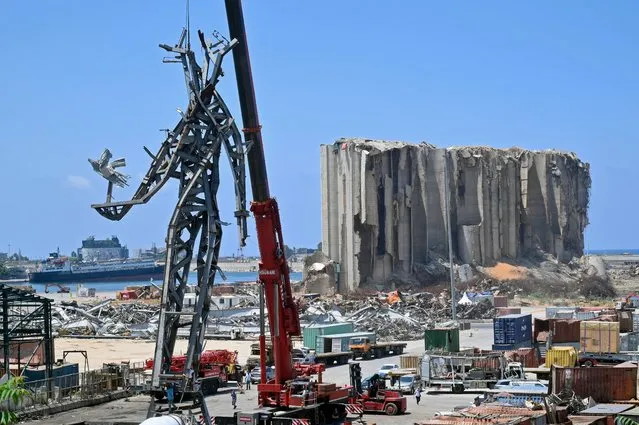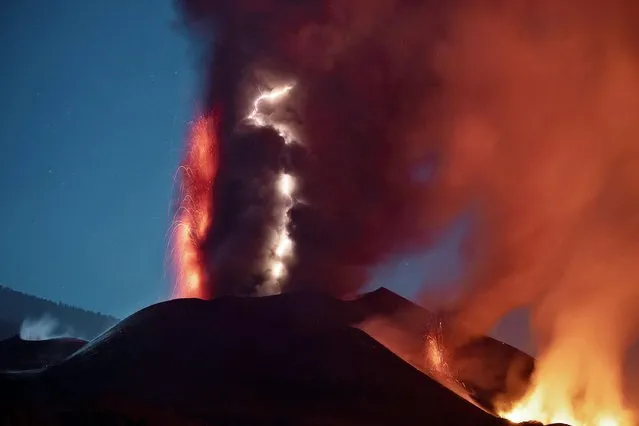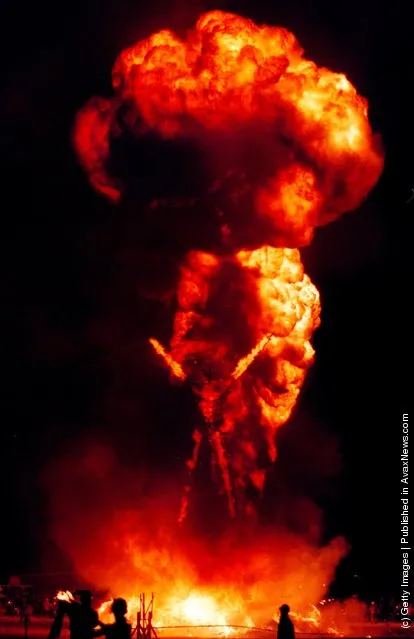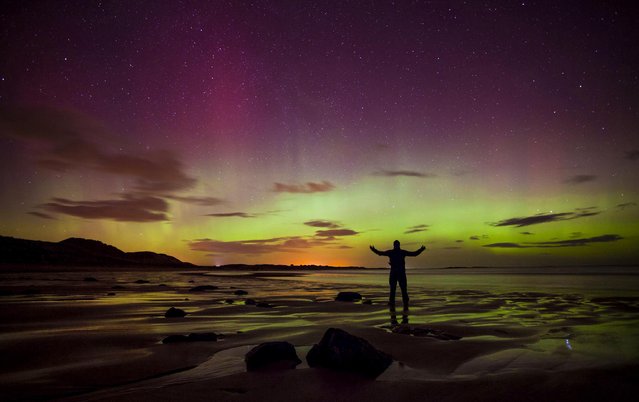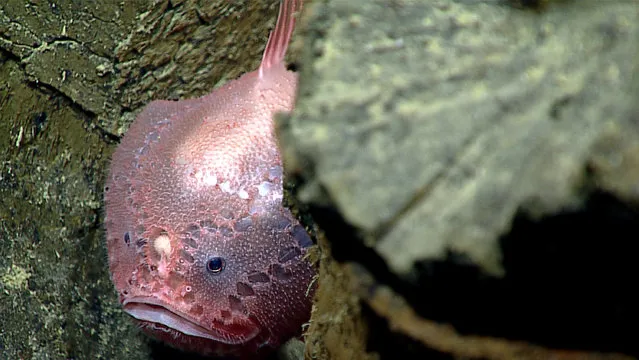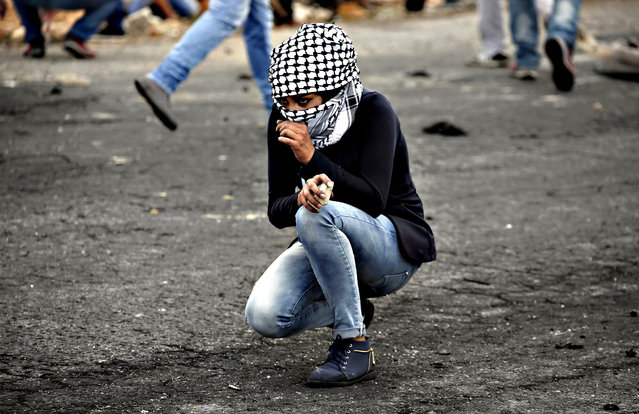
A Palestinian young woman from the Birzeit University looks on during clashes with Israeli security forces in Beit El, on the outskirts of the West Bank city of Ramallah, on October 7, 2015. New violence rocked Israel and the Israeli-occupied West Bank, including a stabbing in annexed east Jerusalem, even as Israel and Palestinian president Mahmud Abbas took steps to ease tensions. (Photo by Abbas Momani/AFP Photo)
10 Oct 2015 08:04:00,post received
0 comments

